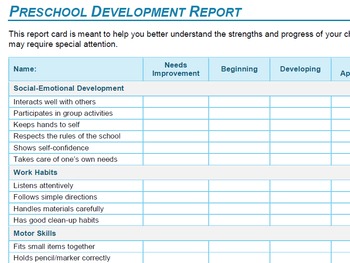
It is characterized by lytic, sclerotic, and hyperostotic lesions. On the other hand, chronic recurrent multifocal osteomyelitis (CRMO) is an inflammatory bone disorder lacking bacterial involvement. The microorganisms frequently involved are Staphylococcus aureus, Streptococcus pneumoniae, and Haemophilus influenzae type b ( 1, 2). It is often takes place after an episode of bacteremia in which the bacteria inoculate the bony tissue. Therefore, acute hematogenous osteomyelitis is a common diagnosis. Microorganisms can enter a bone in various ways, including in the bloodstream. In most cases, acute osteomyelitis is due to hematogenous spread. It may present with acute and chronic features and variable etiology. Osteomyelitis is a common condition that involves the bone marrow. Vertebral collapse requires long-term monitoring. CRMO is a polymorphic disorder in which whole-body MRI is beneficial to demonstrate subclinical edema. Therefore, whole-body MRI is essential in identifying subclinical lesions. The involvement of the vertebral skeleton is often multifocal. It is frequently metaphyseal or juxta-physeal, with hyperostosis or periosteal thickening. In long bones, the radiologic appearance can show typical structure, mixed lytic and sclerotic, sclerotic or lytic. In addition, the pelvis, spine, clavicle, and mandible may be involved. The most common sites are the long bone metaphysis, particularly femoral and tibial metaphysis.

Commonly, the mean age at diagnosis is 11 years, ranging between 3 and 17. A literature review was carried out on longitudinal studies. We emphasize the use of whole-body MRI, which is a non-invasive diagnostic strategy.

Numerous aspects should be highlighted due to increased knowledge in imaging and immunology. Currently, it is diagnosed based on clinical, radiologic, pathological, and longitudinal data. 4Medical Imaging Department, Children’s Hospital of Eastern Ontario (CHEO), University of Ottawa, Ottawa, ON, CanadaĬhronic recurrent and multifocal osteomyelitis (CRMO) is a nonsporadic autoinflammatory disorder.3Department of Orthopedics, Tianyou Hospital, Wuhan University of Science and Technology, Wuhan, China.2Department of Laboratory Medicine and Pathology, University of Alberta, Edmonton, AB, Canada.1Anatomic Pathology Division, Children’s Hospital of Eastern Ontario (CHEO), Ottawa, ON, Canada.Sergi 1,2,3*, Elka Miller 4, Dina El Demellawy 1, Fan Shen 2 and Mingyong Zhang 3


 0 kommentar(er)
0 kommentar(er)
